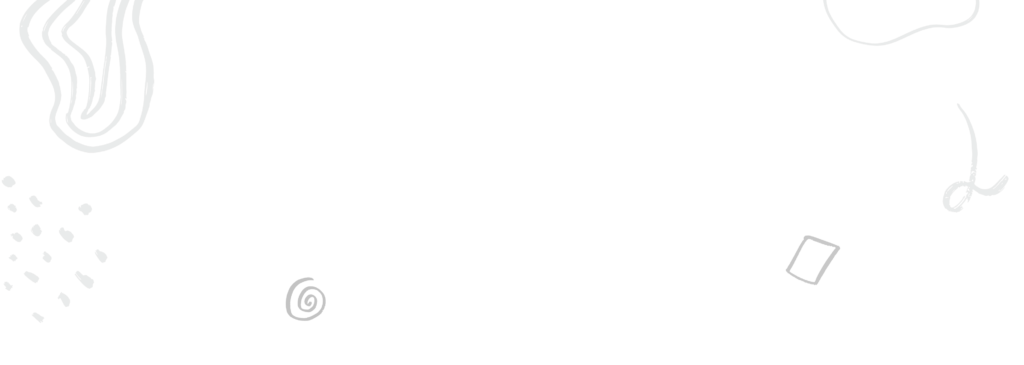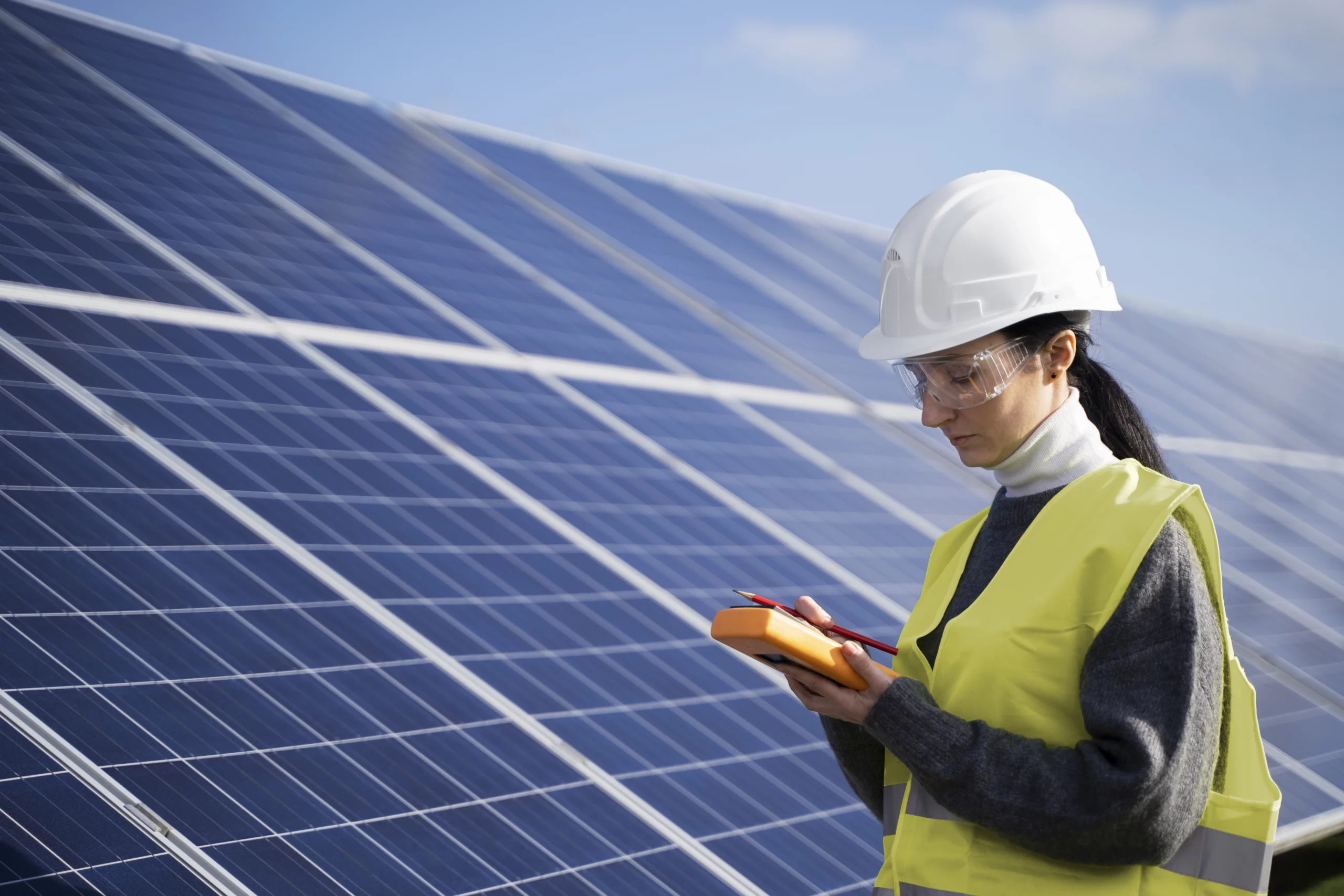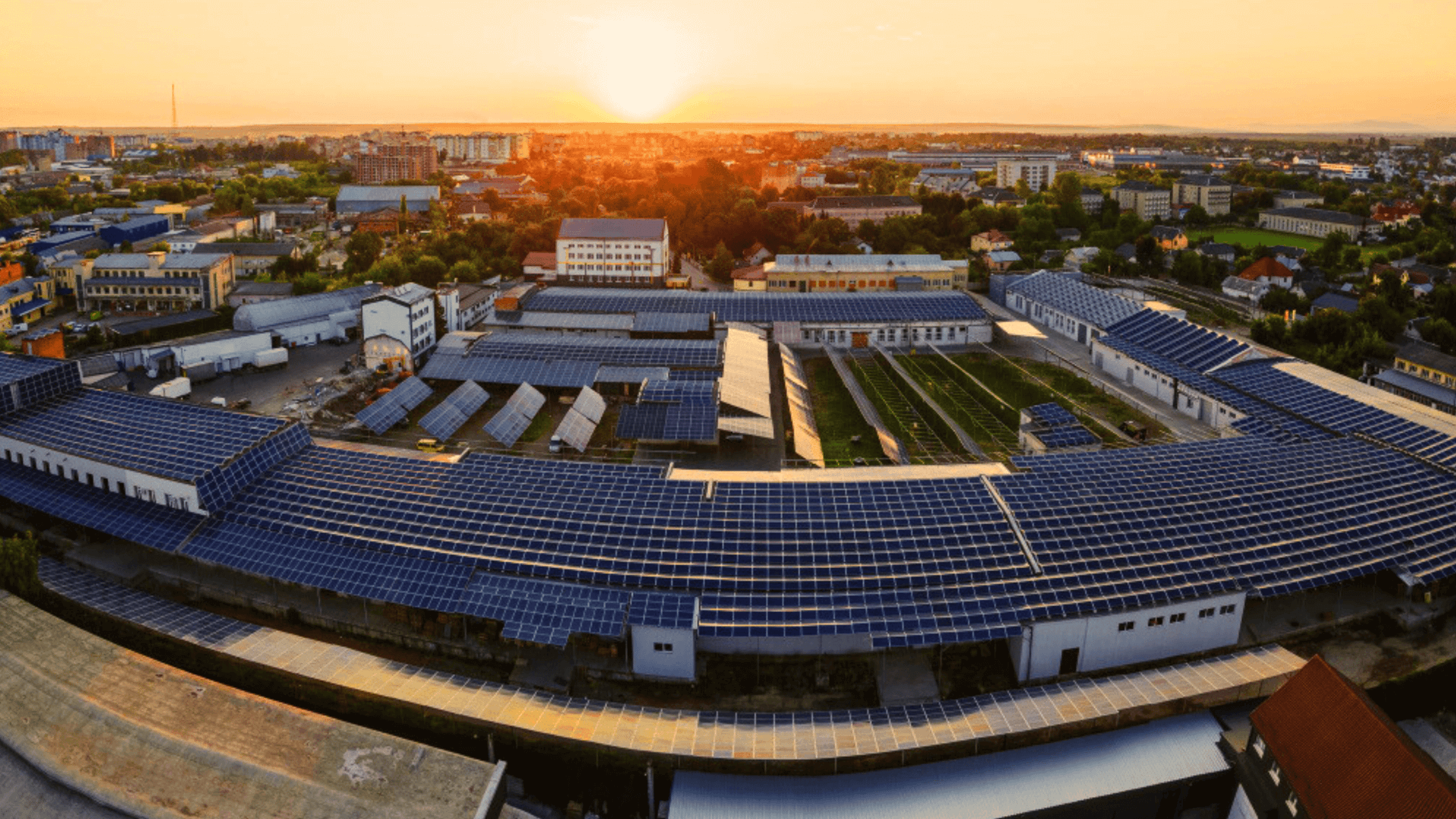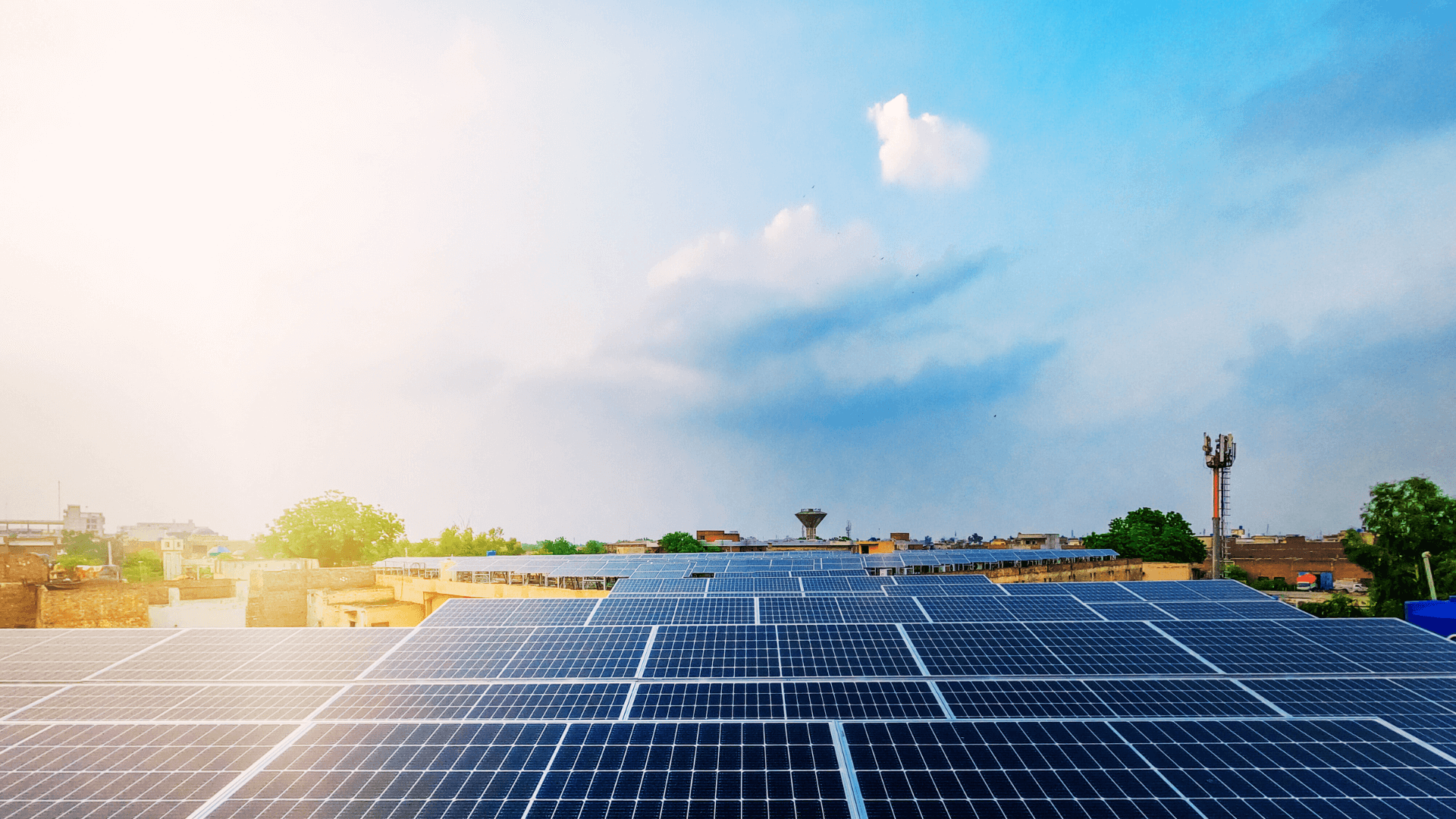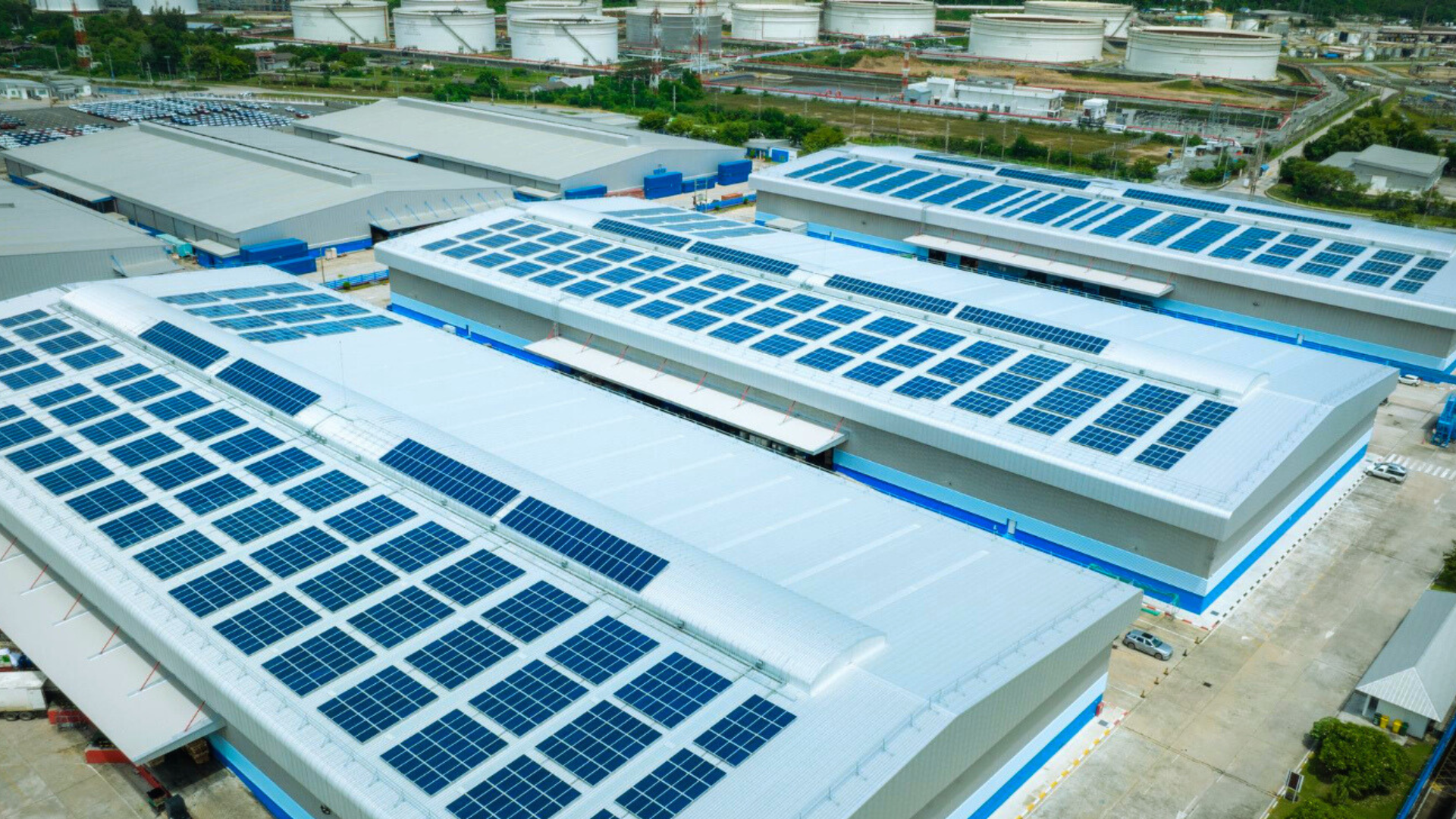Solar panels offer eco-friendly, cost-saving benefits. That said, a question often arises “Does wind affect solar panel performance?” Solar panels are renowned for their durability and resistance to various weather conditions, including wind and hail.
From their functionality and protective measures to financing options, continue reading to gain comprehensive knowledge about this remarkable energy solution.
Exploring the Influence of Weather Conditions on Solar Panels
Channelling the power of the sun to generate clean and sustainable, solar panels are experiencing a rapid surge in popularity. It is natural to worry about the impact of the various weather conditions on them, depending on the region you reside in.
Each weather element poses different challenges and benefits for solar panel arrays. Therefore, it is crucial to understand the effects on their performance and effectiveness.
Relationship Between Cloud Cover and Solar Panel Performance
Contrary to common misconception, solar panels harness energy from sunlight, not heat. Cloud cover decreases the sunlight reaching the array resulting in reduced power output. Even so, albeit with decreased performance than in direct sunlight, solar panels do generate electricity on cloudy days.
How Clouds Influence Solar Energy Generation
Even on cloudy days, solar panels can still receive sunlight, although their power production relies on cloud coverage. The impact varies, with thick, dense clouds having a more substantial effect than thin, dispersed clouds. Notably, advancements in solar technology are mitigating their impact on performance.
Maximizing Solar Panel Performance in Overcast Conditions
- Keep your panels clean. Remove any debris from them to guarantee optimal performance.
- Decrease the number of devices utilizing solar energy simultaneously. Doing this will help stored energy last longer when the solar panel is not running at full power.
- Invest in anti-reflection coatings to increase cell efficiency. Approximately 30% of light is not absorbed and converted into energy without this.
- Orient solar panels for maximum exposure. Situate your panels such that there are no trees or buildings, for example, casting shade. They must also be set up at an equal angle to your geographic latitude to receive maximum sunlight.
Strategies for Windproofing Solar Panels
High winds can arise in weather conditions like thunderstorms, hurricanes, and even non-severe events. To safeguard solar panels in areas prone to this hazard, consider the following:
- Choose aerodynamically designed panels and secure their mounting properly.
- Use windbreaks or barriers around the panel array to redirect or decrease wind force.
- In regions susceptible to severe wind events, create a storm preparation plan, which may involve temporarily covering the panels with protective materials.
Impact of Wind on Solar Panel Integrity
It is crucial to understand the wind speed patterns and climate conditions at the installation site, including extreme events like hurricanes or tornadoes. Regular maintenance and inspections are necessary, especially in evaluating the mounting hardware, such as frames, brackets, and fasteners. Make sure the panels are securely attached to the mounting structure.
Safeguarding Solar Panels for Windy Conditions
To safeguard your solar panel system, stay updated on weather forecasts and warnings in your area. Installing monitoring systems can detect excessive panel movement, providing early warnings during high winds. Prompt action may then be taken to secure the panels and prevent potential issues.
Furthermore, improper installation can weaken panel stability and wind resistance, so follow recommended procedures for attachment and alignment.
Best Practices for Securing Solar Panels During Wind Events
Regularly inspect your solar panel system, particularly before and after major wind events, and take immediate action to resolve any identified issues. Check the wiring and electrical connections, ensuring they are secure and insulated, as loose or exposed wiring can be vulnerable to wind-induced vibrations or debris.
Securing Solar Panels from Hail Damage
Safeguarding solar panels from hail damage is essential for their durability and efficiency. Choose panels with high-impact resistance. Installing protective covers or shields over the panels adds an extra layer of defence against hail.
Evaluating the Hazards of Hail on Solar Panels
Examine the historical frequency and severity of hailstorms in your installation area using local weather data and records. This information offers valuable insights into the likelihood and intensity of hail events. The size of hailstones is a key factor in the potential damage they can cause, with larger ones posing a higher risk.
Effective Measures to Prevent Hail Damage to Solar Panels
Again, selecting solar panels specifically designed and tested for hail resistance is salient. Furthermore:
- Ensure the panels are firmly attached to withstand hail impact.
- Increasing the tilt angle can help deflect hailstones and minimize direct impact.
- Regularly inspect panel surfaces for cracks, chips, or dents and promptly address any issues to prevent additional damage or water penetration.
Selecting Solar Panels with Hail-Resistant Features
Carefully consider the glass type used in solar panels in hail-prone areas. Tempered glass, for example, is highly recommended for its strength and impact resistance. Look for panels equipped with robust aluminium or steel frames designed to withstand impact forces. Seek guidance from solar panel installers or industry experts experienced in hail-resistant panel options.
Restoring Hail-Damaged Solar Panels
Timely maintenance and repair are crucial to restore solar panel performance. Depending on the severity of the hail damage, repair or replacement may be required. Superficial cracks or chips can often be repaired, but if the damage is extensive, it may warrant a replacement. After the repairs, monitor the energy production levels to ensure they return to the expected efficiency.
Insurance Coverage against Weather-related Damage
Thoroughly review your insurance policy to apprehend the coverage offered for weather-related damage to solar panels. Look for explicit mentions of hail, wind, or other potentially damaging weather events, and keep an eye out for any exclusions or limitations specified in the policy.
